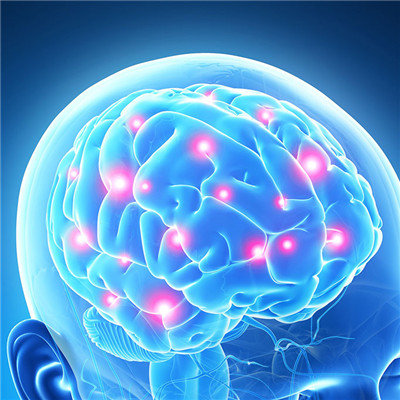Symptoms of cavernous sinus syndrome?
summary
Cavernous sinus syndrome, also known as FOIX's syndrome, pituitary sphenoid syndrome, cavernous sinus thrombosis syndrome. Cavernous sinus thrombosis --- usually caused by suppurative infection or systemic infection around the orbit, nose and face. One or both cavernous sinuses were involved. Acute onset, fever, headache, nausea and vomiting, disturbance of consciousness and other symptoms of infection and poisoning. Symptoms of cavernous sinus syndrome? Let's talk about it
Symptoms of cavernous sinus syndrome?
It causes the compression of the lateral wall of the cavernous sinus, and gradually presents Ⅲ, Ⅳ, Ⅵ, Ⅴ (the first branch) cranial nerve paralysis, namely blepharoptosis, eyelid and conjunctival edema, exophthalmos and extraocular muscle paralysis. In the case of trigeminal nerve paralysis, there is severe pain in the corresponding control area of the face. Sometimes there is paralysis of the maxillary branch of the trigeminal nerve.

Thrombophlebitis of the cavernous sinus is usually caused by local infection of the mouth, nose and frontal sinus. The onset of acute fever is subacute or chronic when there are infections in the eye socket and pharynx, but there are also systemic symptoms of fever and bacteremia, and there are also unknown causes. There was no edema and hemorrhage of optic disc after the involvement of ophthalmic vein.

When aneurysms suddenly expand, there are first ipsilateral headache and facial pain, followed by sensory disturbance of the first and second branches of trigeminal nerve, diplopia, blepharoptosis, pupil enlargement, narrowing or fixation.

matters needing attention
For patients with acute intracranial hypertension which is difficult to control by drugs, external ventricular drainage, ventriculoperitoneal shunt, removal of intracerebral hematoma caused by venous congestion, decompressive craniectomy and vein bypass surgery can be considered.















